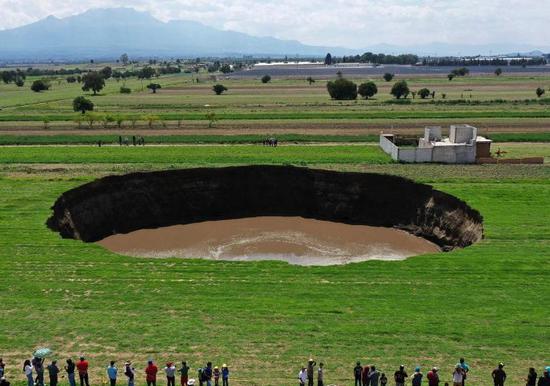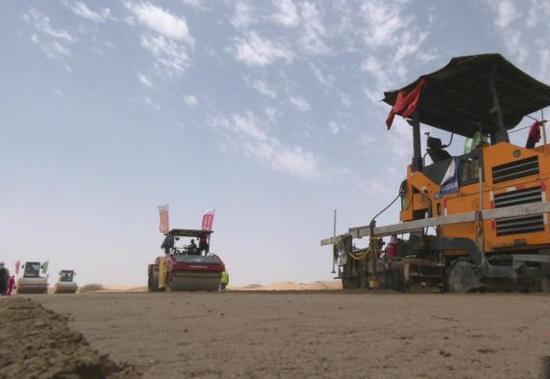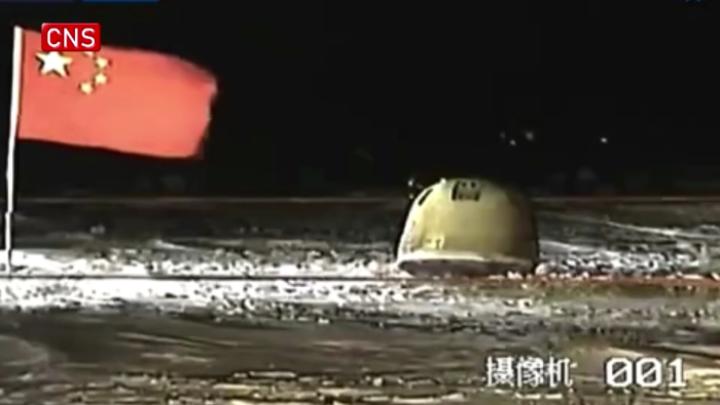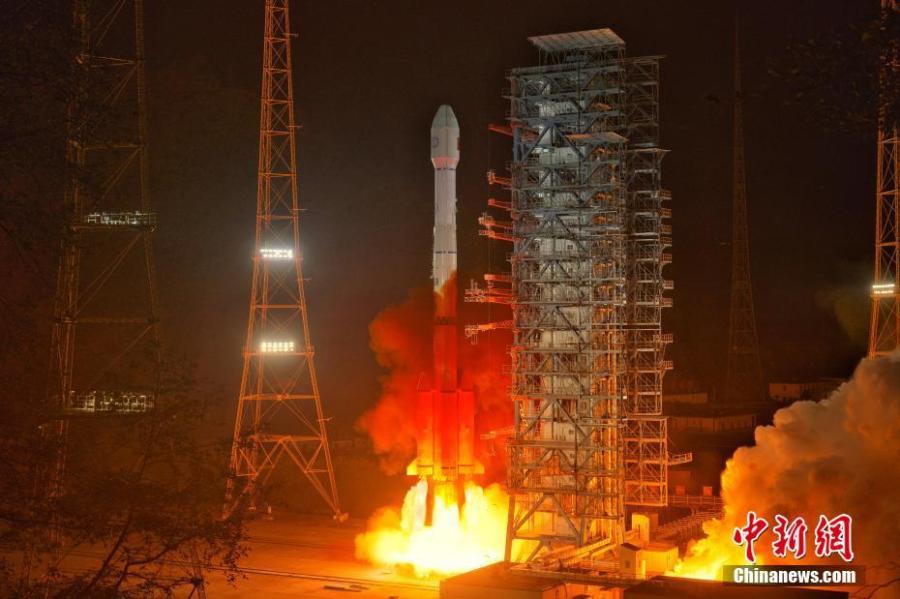
A Long March-3B rocket carrying the Fengyun-4B (FY-4B) satellite is launched from the Xichang Satellite Launch Center in Sichuan Province at 12:17 a.m. (Beijing Time) June 3, 2021. (Photo: China News Service/Guo Wenbin)
It was the 372nd flight mission of the Long March rocket series, said the launch center.
The new satellite will help forecasters observe the dynamics of severe weather more flexibly, making it easier to identify and capture strong convective weather such as short-time heavy rainfall and thunderstorms.
The new meteorological satellite has entered its planned orbit.
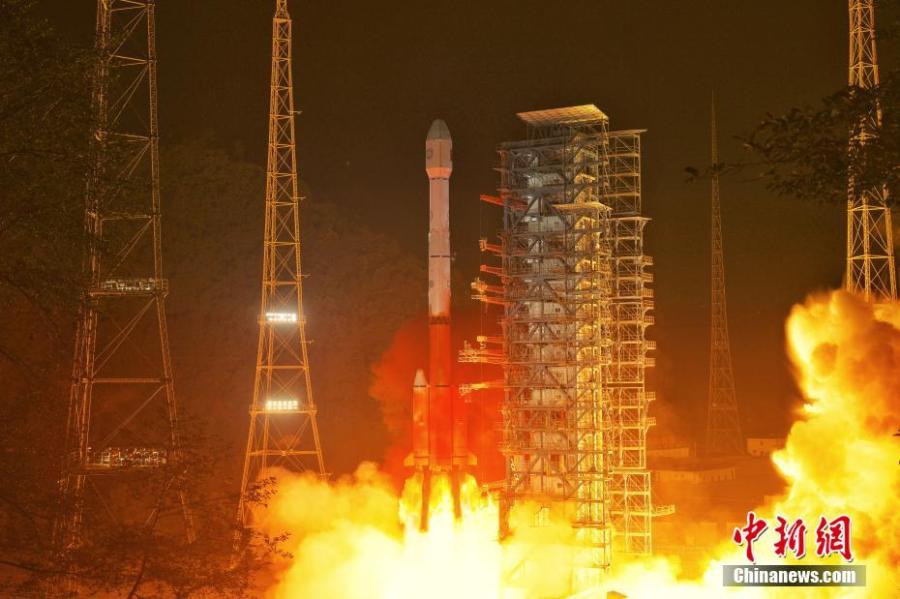
A Long March-3B rocket carrying the Fengyun-4B (FY-4B) satellite is launched from the Xichang Satellite Launch Center in Sichuan Province at 12:17 a.m. (Beijing Time) June 3, 2021. (Photo: China News Service/Guo Wenbin)
It was the 372nd flight mission of the Long March rocket series, said the launch center.
The new satellite will help forecasters observe the dynamics of severe weather more flexibly, making it easier to identify and capture strong convective weather such as short-time heavy rainfall and thunderstorms.
The new meteorological satellite has entered its planned orbit.
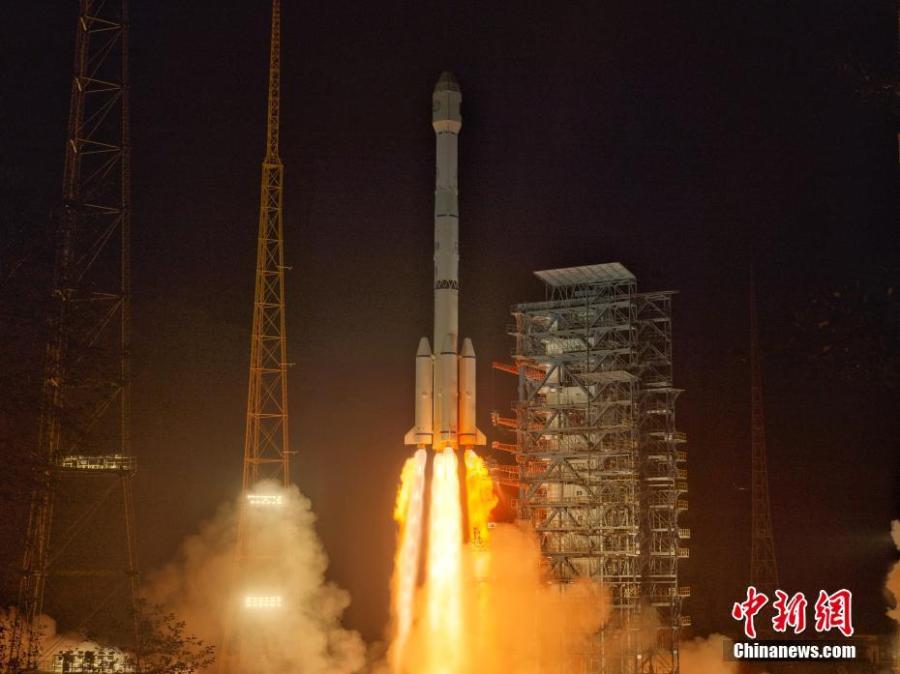
A Long March-3B rocket carrying the Fengyun-4B (FY-4B) satellite is launched from the Xichang Satellite Launch Center in Sichuan Province at 12:17 a.m. (Beijing Time) June 3, 2021. (Photo: China News Service/Guo Wenbin)
It was the 372nd flight mission of the Long March rocket series, said the launch center.
The new satellite will help forecasters observe the dynamics of severe weather more flexibly, making it easier to identify and capture strong convective weather such as short-time heavy rainfall and thunderstorms.
The new meteorological satellite has entered its planned orbit.

A Long March-3B rocket carrying the Fengyun-4B (FY-4B) satellite is launched from the Xichang Satellite Launch Center in Sichuan Province at 12:17 a.m. (Beijing Time) June 3, 2021. (Photo: China News Service/Guo Wenbin)
It was the 372nd flight mission of the Long March rocket series, said the launch center.
The new satellite will help forecasters observe the dynamics of severe weather more flexibly, making it easier to identify and capture strong convective weather such as short-time heavy rainfall and thunderstorms.
The new meteorological satellite has entered its planned orbit.













